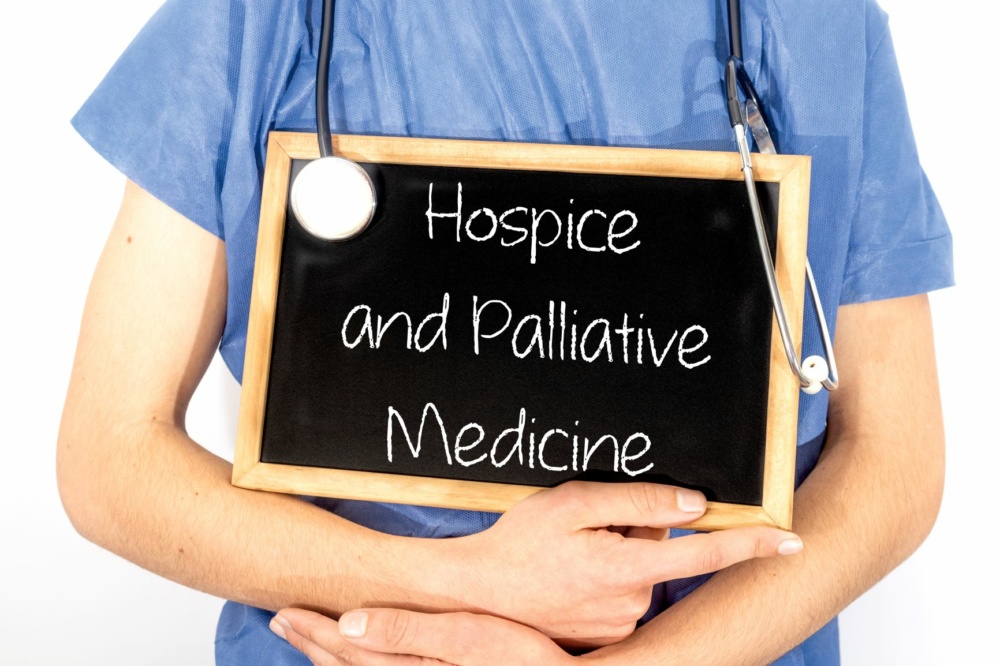Many people know what hospice care is in a roundabout way. They know it deals with end-of-life care, but that is generally as far their knowledge goes. Or they assume it’s something akin to helping death come sooner for those in extreme pain. One is on the right track, while the other idea about hospice is erroneously and hopelessly wrong. We will attempt to dispel these myths and provide you with a more accurate representation of what this specialized care entails, in case you ever find yourself in a position where you either need it or you must put a loved one on hospice.
If a friend or loved one with an illness no longer needs or benefits from extended curative hospital care, you may be considering hospice. A hospice is not a type of hospital, but rather a concept where people with terminal illnesses are provided care that extends their quality of life in a comfortable environment. In fact, most people receiving hospice treatment receive care in their homes by individuals with specialized training. Hospice involves pain management and helps the patient to deal with the emotional and physical toll of both the illness and upcoming death. This kind of treatment also includes the family and prepares them for the grief of the loss of a loved one.
It is important to note that while hospice care is appropriate in only the last six months or so of a patient’s life, it is not designed to speed death along or help people with incurable diseases to end their lives. It is instead designed to provide a comfortable and peaceful transition from life into death and help families see this as a natural process. Hospice does not provide 24-hour nursing care for patients, so family members may need to be involved in the care or may need to hire nursing or other professionals to watch ill patients around the clock.
If you still have questions about hospice and want answers, visit our trusted hospice partner by clicking here.







Recent Comments